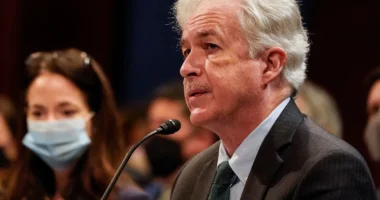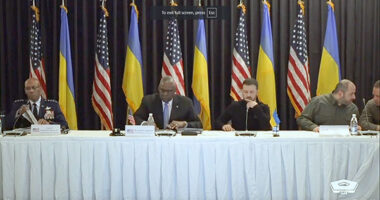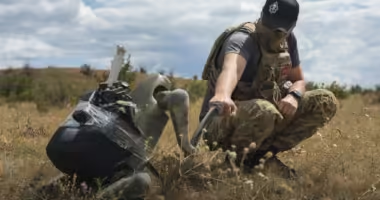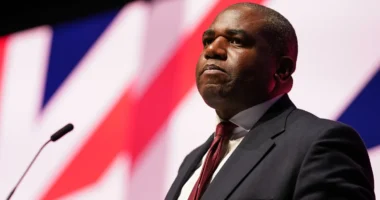On September 4, 2024, Russia launched a deadly missile and drone attack on the western Ukrainian city of Lviv, killing at least seven people, including three children, and injuring dozens more. The attack, which damaged over 50 buildings in the city center, marked a significant escalation in Russia’s ongoing war against Ukraine, now in its third year.
The strike on Lviv, located just 40 miles from the Polish border, prompted NATO member Poland to scramble fighter jets to protect its airspace. Polish Foreign Minister Radoslaw Sikorski stated that Poland has a constitutional duty to defend its airspace, even if it means potentially shooting down Russian missiles before they cross the border.
This attack follows a devastating strike on a military institute in Poltava the previous day, which killed over 50 people and wounded hundreds. The recent intensification of Russian attacks across Ukraine, including in Kyiv, is believed to be in retaliation for Ukraine’s incursion into Russia’s Kursk region last month.
Ukrainian President Volodymyr Zelenskyy vowed revenge for the attacks and called for increased air defense support from Western allies. The strikes have also led to political changes within Ukraine, with Foreign Minister Dmytro Kuleba tendering his resignation.
The proximity of the attacks to NATO territory has raised concerns about potential escalation. NATO Secretary-General Jens Stoltenberg has previously rejected proposals to down Russian missiles over Ukraine, fearing it could lead to a wider conflict. However, Poland has been increasingly vocal about its right to self-defense.
In response to the growing threat, Poland has significantly increased its defense spending, now allocating 4% of its GDP to military expenditures – the highest ratio among NATO members. Recent arms deals include the purchase of Apache helicopters and Patriot air defense systems.
The ongoing conflict has seen Ukraine make some gains, including occupying about 450 square miles of Russian territory in the Kursk region. However, the recent attacks demonstrate Russia’s continued ability to strike targets across Ukraine, even in areas previously considered relatively safe.
As the war continues, the international community faces mounting pressure to provide additional support to Ukraine while carefully managing the risk of broader conflict. The situation remains highly volatile, with both sides showing no signs of backing down in the near future.
Image Credit : Kacper Pempel/Reuters





